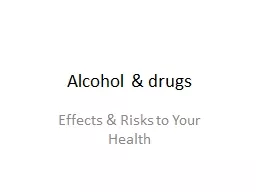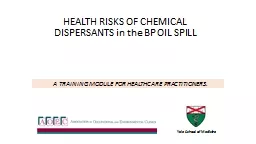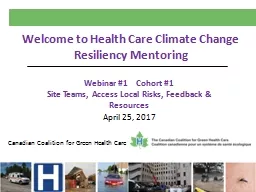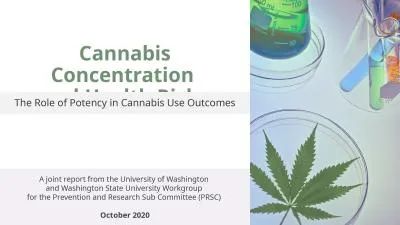PPT-Effects & Risks to Your Health
Author : calandra-battersby | Published Date : 2017-07-22
Alcohol amp drugs STUDENT eXPECTATIONS After reviewing this Unit you should be able to Identify Alcohols pathway once ingested Identify the harmful effects amp
Presentation Embed Code
Download Presentation
Download Presentation The PPT/PDF document "Effects & Risks to Your Health" is the property of its rightful owner. Permission is granted to download and print the materials on this website for personal, non-commercial use only, and to display it on your personal computer provided you do not modify the materials and that you retain all copyright notices contained in the materials. By downloading content from our website, you accept the terms of this agreement.
Effects & Risks to Your Health: Transcript
Download Rules Of Document
"Effects & Risks to Your Health"The content belongs to its owner. You may download and print it for personal use, without modification, and keep all copyright notices. By downloading, you agree to these terms.
Related Documents














